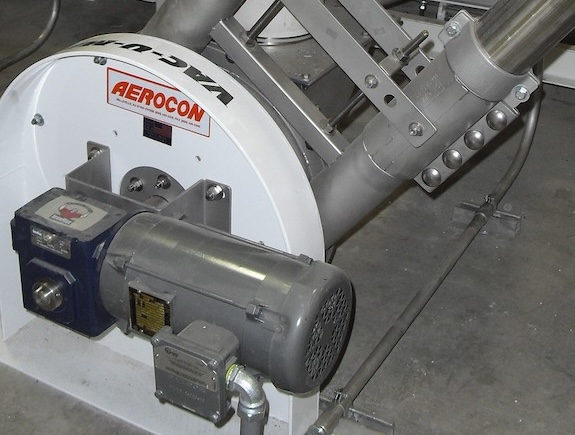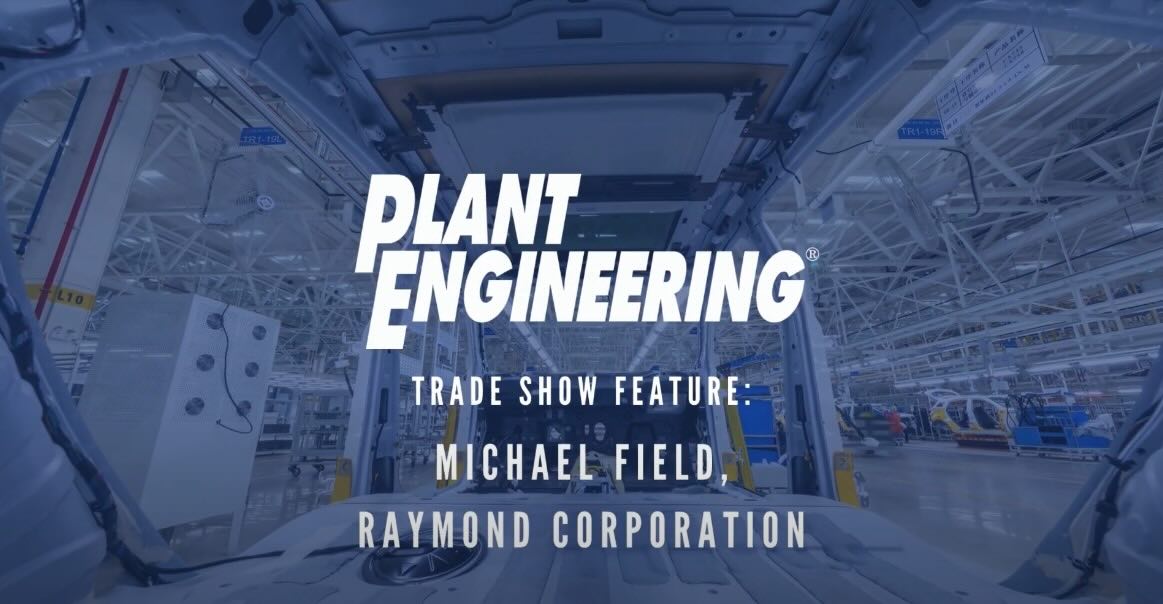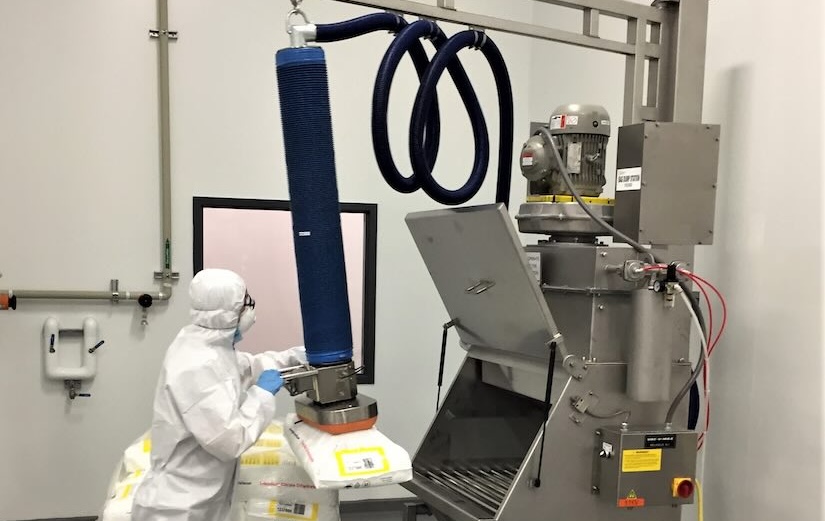Hitachi-Sullair partnership focuses on optimizing repairs.
In June, Hitachi and Sullair announced they will be using an artificial intelligence (AI) platform that will integrate real-time operational data in Sullair compressors and use the data to determine the types of equipment service needed.
“With the increasing complexity and globalization of supply chains and the advancement of workplace automation, there are increasing needs for minimizing downtime with regard to industrial machinery at plants, logistics facilities, and construction sites,” company officials said in a press release. “The number of skilled engineers is also declining, and there are demands for optimization and greater sophistication of repair services for products utilizing digital technologies.”
Plant Engineering discussed these trends with Kazunobu Morita, chief strategy officer for industry and distribution business unit, Hitachi, Ltd.
Plant Engineering: Most of the data needed to do maintenance monitoring of systems already is in plants, but it’s been underutilized to date. How do you get maintenance teams to adopt digital maintenance strategies?
Morita: It is all about building awareness about the available data and need to unlock the potential of this data to address challenges faced by maintenance teams. We’ve adopted a collaborative approach and work with maintenance teams to define the problem statement, explore the available data, and demonstrate the value data brings by building analytical models.
Once the maintenance teams understand the benefits of making smarter decisions based on actionable insights provided by data analytics, they are ready to embrace change and adopt digital maintenance strategies.
PE: Talk about the role AI will play in this strategy. Where are the opportunities to use artificial intelligence on a continuing basis, and how should plant managers take full advantage?
Morita: AI will play an important role in many aspects, from building on cumulative knowledge of historical maintenance strategies and repair actions, to assessing risks in plan and optimization decisions. AI will help the analytical model to learn continuously, which will increase the accuracy of prescriptions or recommendations based on relationships among various data. This includes data on machinery breakdowns and details of repairs and results of work performed.
We see AI also assisting in the implementation of dynamic optimization algorithms for operations versus maintenance parameters and schedules. Plant managers should use the recommendations provided by AI-based advanced digital solutions to increase the speed and accuracy of decisions.
PE: Why was Sullair a good partner on this project? Compressed air systems certainly have a lot of room for maintenance improvement and driving more system efficiency.
Morita: Sullair is well-recognized for its high-quality compressor. Sullair has embarked on a digitalization transformation journey to offer more value to customers by integrating the equipment and value-added aftermarket service. Hitachi has built the service platform by combining advanced digital technology with our proven track record and many years of expertise maintaining a wide range of industrial machinery.
Sullair is a best partner to verify the service performance and later commercialize the service jointly as the service aligns well with our shared focus on driving digital transformation.
PE: These types of systems will require a different type of worker, or a different type of training of existing workers. Talk a little about how you see that process evolving.
Morita: We don’t see that these types of AI-powered systems will require workers with a different skill set. The existing workers should only require minimal training to get acquainted with the systems, their features and usage. The systems will provide repair recommendations utilizing machine leaning, based on repair history, that can work as a knowledge repository specific to an asset or set of assets.
This knowledge repository will provide quick reference for any worker. The systems will be interactive and will allow workers to communicate with a remote expert to analyze issues and provide remedies. This information then goes into a knowledge repository for AI-based systems to learn from and refer to the next time it’s needed. Over a certain period of time, we expect every worker will be able perform as an expert.
PE: How has Hitachi used this system internally? What has been your experience?
Morita: Hitachi companies contributed to the research and solution development activities by providing maintenance and machine data for various types of industrial equipment. The use and feedback from different industries have helped to build the service platform and fine tune the algorithms offering repair recommendations. This is a system which learns continuously so it is an ever-evolving system in that respect.



